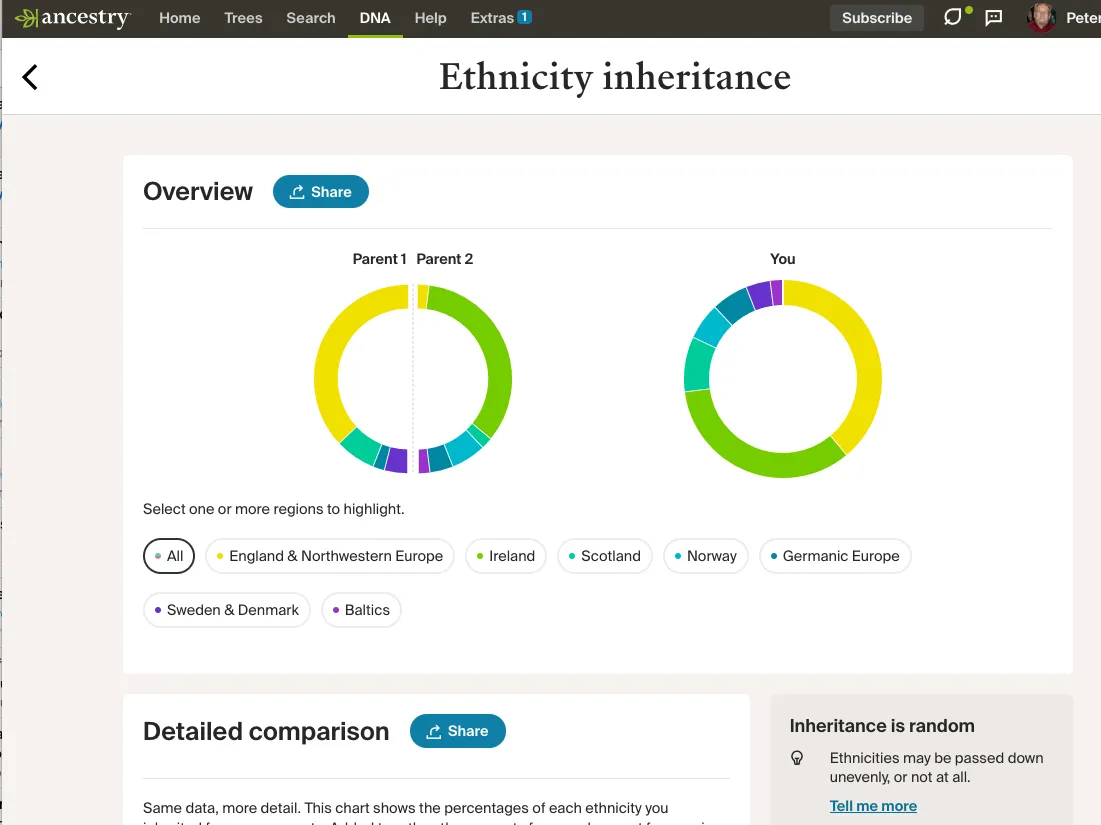Ancestry has unveiled its new SideView technology which separates DNA into parental sides giving customers who have taken an Ancestry DNA test new insights into their ethnicity.
Read our guide on how to choose the right DNA test for you
“Understanding ethnicity and community inheritance in more detail has been the number one request from Ancestry customers for years. In fact, in a recent survey, we learned that one in three people don’t feel knowledgeable about their family history and origins and want to learn more,” said Brian Donnelly, Senior Vice President and General Manager of AncestryDNA at Ancestry. “With our new SideView™ technology, we can now tell customers with great confidence from which side of the family they received their ethnicities and in the future, we’ll also be able to tell them which communities and DNA matches are from each side of the family.”
We have had a look at the new tool and it certainly looks like an interesting new development for family historians. Customers who have taken an Ancestry DNA test can log onto the website and see a new option labelled 'Ethnicity Inheritance'.

Select that and you will be presented with a ring portioned by your ethnicity as calculated by Ancestry using their database next to a ring showing one parent on one side and the other opposite.
In the past, you would need to test one of your parents to gain this insight.
Unfortunately the tool as it is currently presented does not tell you which parent is which, you have to try to work that out yourself using the knowledge that you already have of your parents' background.
Where you can do that, it may be useful and it is certainly very interesting!
